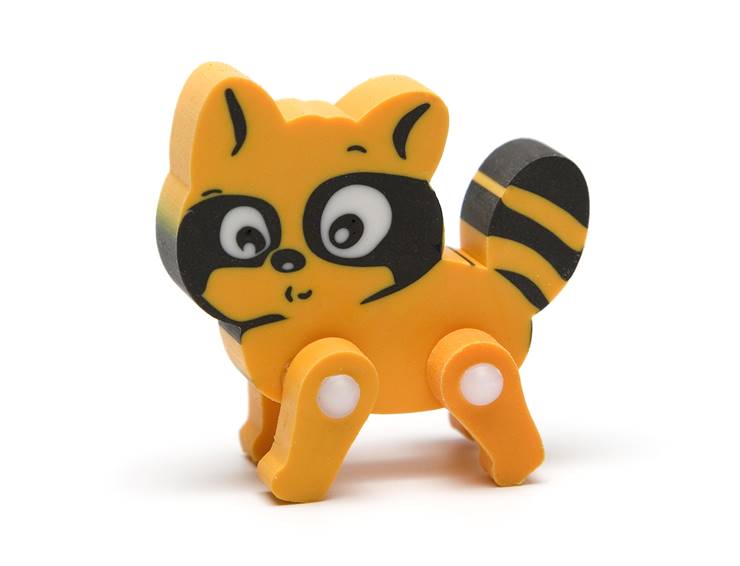Who Invented Plastic?
The invention of plastic compounds enabled tremendous expansion of industry, global economics, and undeniable improvement of our daily lives and the way we conduit business. These moldable solids made from organics and semi-organics quickly became one of the basic building materials of modern human civilization, being used in everything from large scale industrial projects to the smallest scientific tools and household items.
To see how these incredible compounds were introduced into our lives, we first must take look at the people who invented it. They used not only their own ingenuity and skills, but also lessons from the past and infused all those advices into plastic product that reshaped the world as they knew it.

The first person who managed to create man-made plastic compound was Alexander Parkes, metallurgist and inventor from Birmingham, England. During his entire life he worked on various inventions and has managed to secure 66 patents, but only one of them made him famous. Around 1950 he experimented with camphor and nitrocellulose, which produce hard but flexible transparent material that he named Parkesine. He continued to refine his invention between 1855 and 1862 when he held several public showcasing of incredible abilities of plastic. For London International Exhibition in London he even created several household items in wish to attract wealthy donors who would help him establish his business. In 1866 he secured needed funds and formed Parkesine Company with a goal to introduce mass produced plastic for commercial use. Sadly, company was not successful, and under new management managed to elude total bankruptcy until early 1870s.
Successor of Parkesine came in the form of Celluloid (created by John Wesley Hyatt), ivory-looking plastic compound that was initially used for larger and more durable objects. This practice ended after public got acquainted with this highly flammable substance, and majority of celluloid production soon transferred to the film industry.
The most important inventor of plastic was Leo Baekeland - Belgium born American chemist who created not only Velox photographic paper in 1893 but also synthetic plastic called Bakelite in 1907. This substance made from phenol and formaldehyde immediately became instant success, enabling the rise of the modern plastic industry and introduction of plastic into every home. After patenting it in 1909, Leo Baekeland immediately started promoting it publicly, and creating plastic products in his newly formed General Bakelite Co. (later renamed into Bakelite Corporation). This hard but moldable plastic truly reshaped the modern human history, becoming one of the most popular building materials for millions of items all across the world. It managed to have such success because many of its features, but one was crucial – Bakelite retained its shape even after it was heated, enabling it to be used in radios, telephones and electrical insulators. In the year of the Leo Baekeland’s death in 1944, plastic industry has managed to create over 175 thousand tons of Bakelite, shaping it into over 15 thousand different articles.
